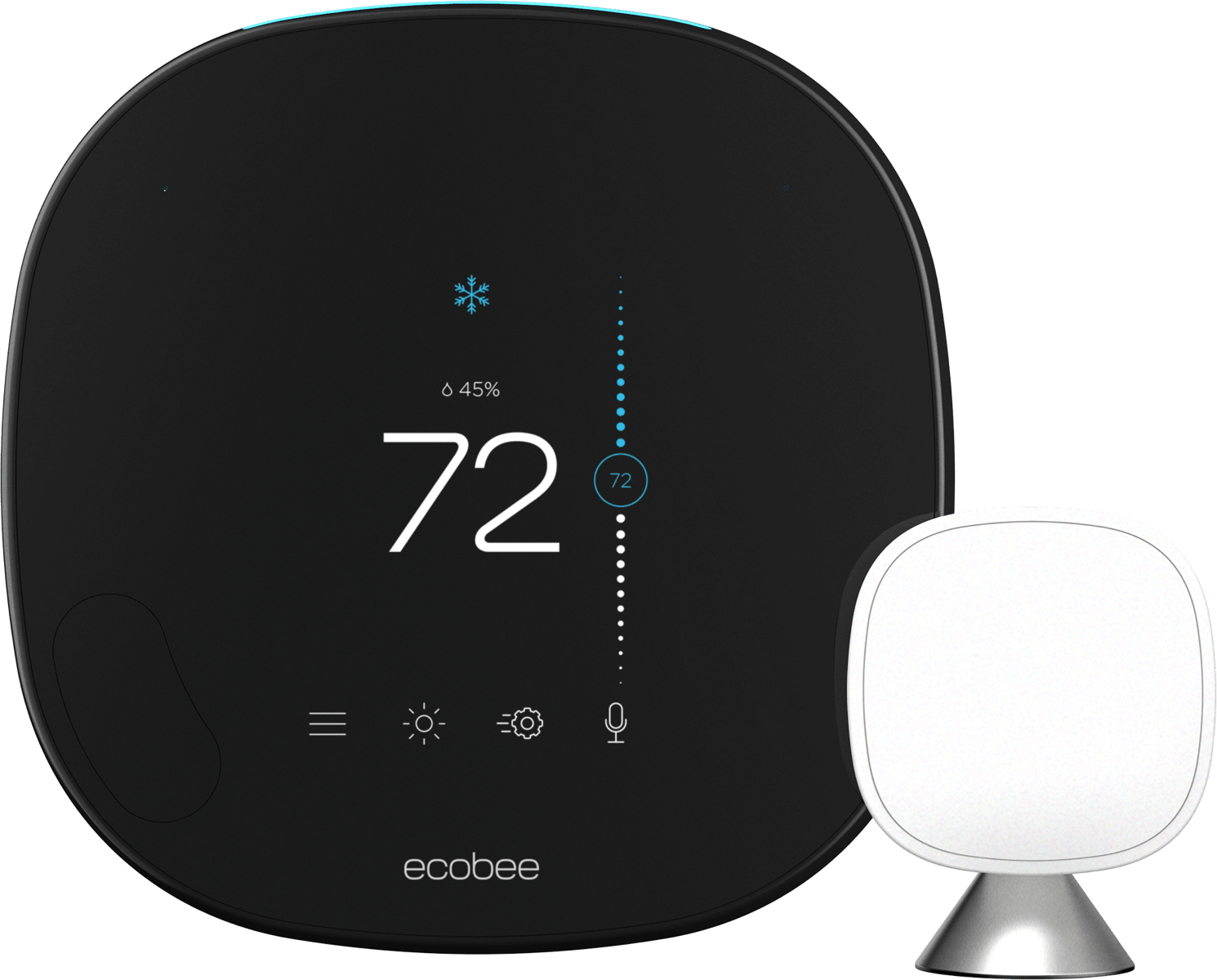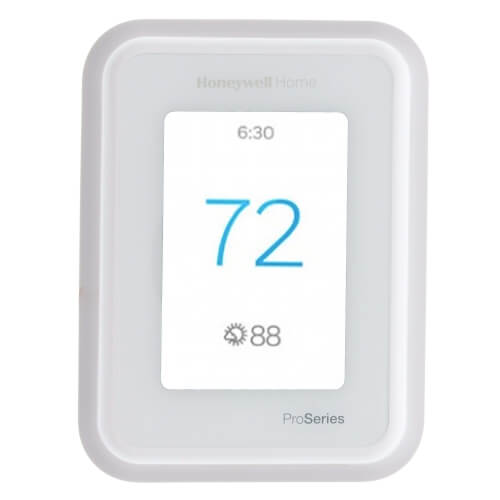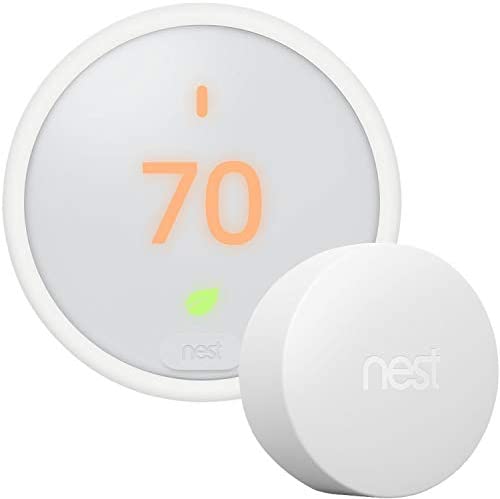Wi-Fi Thermostat Rebate
Saving Money and Energy with Wi-Fi Thermostats
Sure, you use electricity to power your computer, TV, lighting, and maybe your stove and other major appliances. But did you know the single highest use of energy in your home is typically heating and air conditioning?
It’s true—and maximizing the amount of control you have over your HVAC can have a dramatic impact on your energy bill.
How They Work
A Wi-Fi thermostat is a device connected to the Internet that allows you to control your home’s heating and cooling remotely. Many Wi-Fi enabled thermostats automatically learn your preferences and adjust your home’s temperature to establish a schedule and make minor changes that save energy while you’re asleep or away.
On top of the savings you’ll earn over time from optimizing your HVAC performance, you’ll receive a $75 rebate from Power Moves and your local electric co-op when you install your new thermostat. And don’t forget to check with your tax advisor about federal or state tax credits.
Not all heating and cooling systems are the same, however. Here are some helpful guidelines for programming your Wi-Fi thermostat, depending on your HVAC system:
Gas Furnace with Central A/C
- Using a Wi-Fi thermostat with a gas furnace and central A/C offers many benefits. In the winter, setting back the thermostat reduces heat loss because a cooler home loses heat slower than a warmer home. And, a cooler home will have less air loss due to a weaker stack effect. The furnace will more efficiently heat your home as it comes out of a setback because the longer it runs, the more efficient it becomes (instead of cycling on and off to maintain the temperature.) Similarly, central A/C can better control the home’s indoor humidity during longer running times. When the central A/C is cycling on and off to maintain the desired temperature, the shorter run times make it less able to dehumidify the home.
Air Source Heat Pump
- Some heat pumps can handle setback schedules in the heating season better than others. If a temperature setback schedule results in the auxiliary or backup heat turning on, that can counter the savings gained from the setback. However, during the cooling season, there isn’t any auxiliary or backup heat to worry about. Temperature setbacks scheduled with a Wi-Fi thermostat can lower energy use and utility bills similar to a central A/C.
Ground Source Heat Pump
- Set it and forget it. A properly functioning geothermal heat pump is the most efficient way to heat and cool your home. Once you schedule setbacks with a Wi-Fi thermostat, setbacks won’t have as big an impact on your energy use, because there isn’t as much energy waste in the first place. That said, they function similarly to air source heat pumps when it comes to temperature setbacks. The difference comes during the heating season. When it’s not extremely cold, the system should easily be able to recover from a temperature setback. In the coldest months (January and February), a properly sized geothermal system will likely struggle to catch up from a deeper setback.
Whether you have an air source heat pump, a gas-powered furnace with a central air conditioner, or the most efficient geothermal ground source heat pump, a Wi-Fi thermostat will help your system run more efficiently and at a lower cost. If you have questions about which settings are best for your particular system, your local energy advisor is always happy to discuss it with you. Contact us today.
Eligible Wi-Fi Thermostats

Ecobee
ecobee3, ecobee3 Lite, ecobee4, ecobee Smart, ecobee SmartThermostat with voice control

Honeywell Home
Wi-Fi Smart Color Thermostat, Wi-Fi 7-Day Programmable Thermostat, Wi-Fi 9000 7-Day Programmable Thermostat, 9000 Smart Thermostat, T6 Pro Smart Thermostat, T9 Smart Thermostat, T10 Smart Thermostat

Nest
Nest Thermostat, Nest Learning Thermostat, Nest Thermostat E